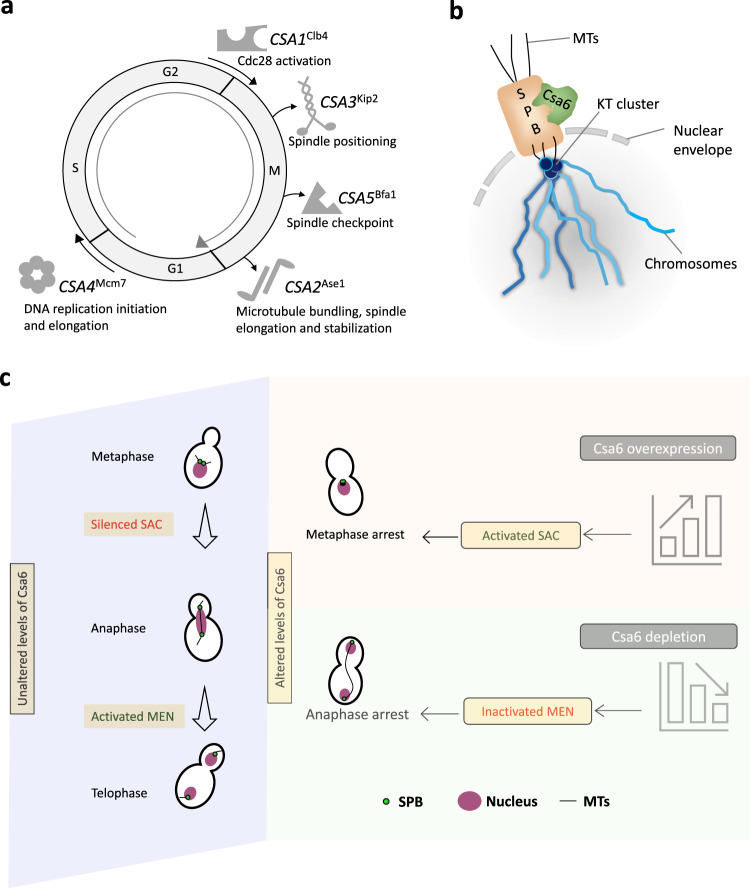Fig. 8. Csa6 levels are fine-tuned at various stages of the cell cycle to ensure both mitotic progression and mitotic exit in C. albicans.
a A diagram illustrating the functions of the identified CSA genes except for CSA6 in various phases and phase transitions of the cell cycle. b Schematic depicting the approximate position of Csa6 with respect to SPB and KT. In C. albicans, SPBs and clustered KTs remain in close proximity throughout the cell cycle, while Csa6 remains constitutively localized to the SPBs. c A model summarizing the effects of overexpression or depletion of Csa6 in C. albicans. A wild-type cell with unperturbed Csa6 levels progresses through the mitotic cell cycle. Overexpression of CSA6 alters the mitotic spindle dynamics, which might lead to improper KT-MT attachments, prompting SAC activation and G2/M arrest. In contrast, decreased levels of Csa6 inhibit the MEN signaling pathway, probably by affecting Tem1 recruitment to the SPBs, resulting in cell cycle arrest at the late anaphase/telophase stage.

